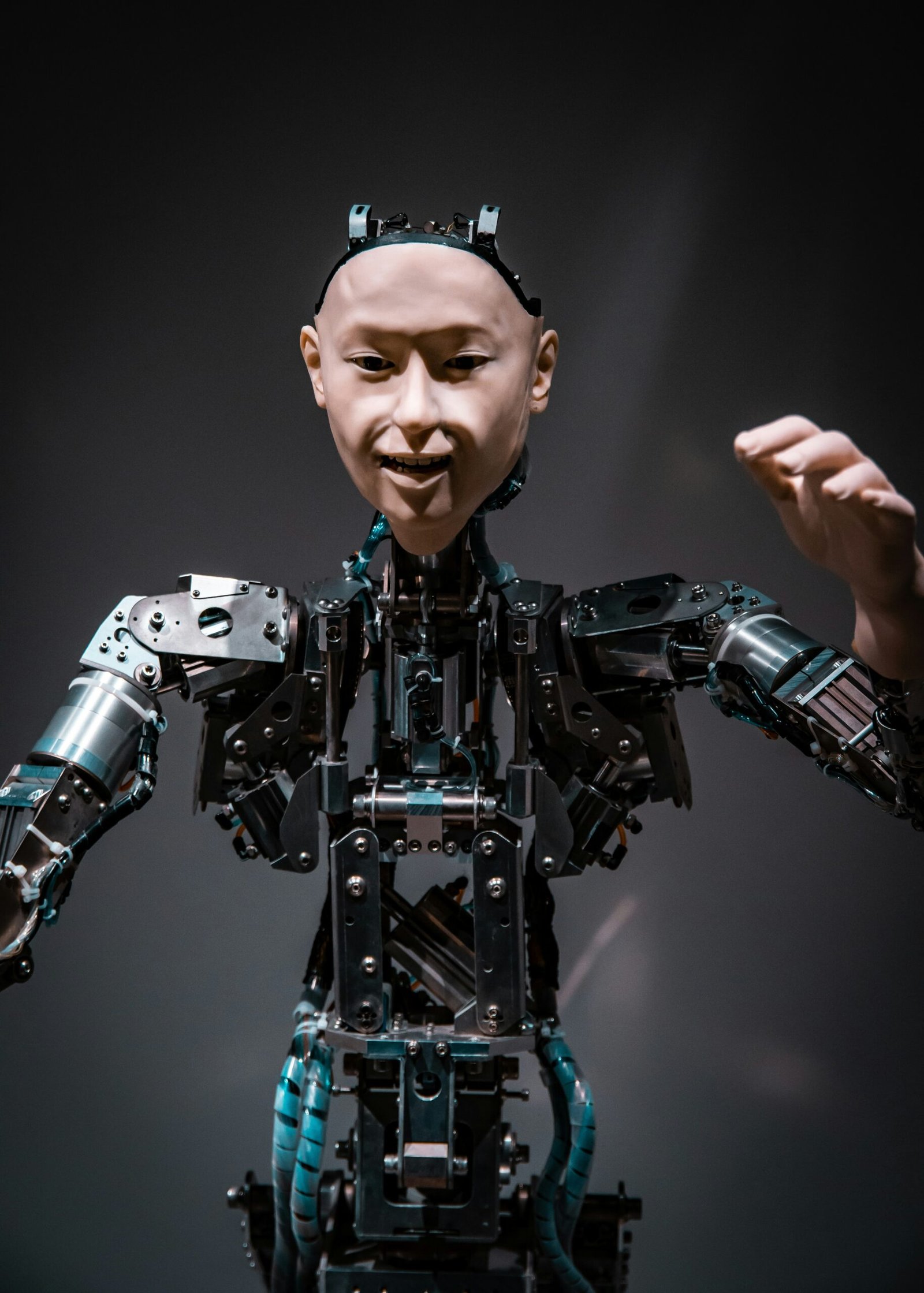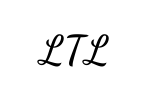The fax machine, often seen as a relic of past technology, has an unexpectedly rich history that intertwines with the evolution of modern communication. This article, explores the journey of the fax machine from its inception in the mid-19th century to its current status in the digital age.
The genesis of fax technology can be traced back to 1843 with Alexander Bain, a Scottish inventor. Bain’s creation, known as the “electric printing telegraph,” was revolutionary for its time. It utilized a stylus for scanning images, which were then transmitted over telegraph lines. This marked the first instance of image transmission, paving the way for future advancements.
Not long after Bain’s invention, Giovanni Caselli, an Italian physicist, made significant improvements with the development of the pantelegraph in the 1860s. The pantelegraph was capable of transmitting images over distances up to 140 kilometers – a substantial leap from Bain’s original design. This technology found widespread use in Europe, particularly in the late 19th century.
The early 20th century witnessed further advancements. In 1902, Arthur Korn, a German inventor, introduced a method for transmitting photographs using radio waves, a technology he termed “wireless telephotography.” While Korn’s invention expanded the possibilities of image transmission, it was predominantly used in photojournalism and not widely adopted in other sectors.
The 1950s marked a pivotal moment with the development of the first modern fax machine by the American company RCA. The “RCA 501” utilized a light-sensitive drum for scanning images, which were then transmitted over telephone lines. This invention significantly expanded the transmission range of images
During the 1960s and 1970s, fax machines became more compact and affordable, leading to increased accessibility for businesses and individuals. The introduction of the “Magnafax Telecopier” by Xerox Corporation in 1966 was a notable commercial breakthrough.
In the 1970s, Japanese companies like Fujitsu and Toshiba led the market with more efficient machines. The adoption of standardized protocols for fax transmission in 1980, established by the International Telegraph and Telephone Consultative Committee (CCITT), further facilitated the widespread use of fax machines.
The 1980s saw the emergence of digital fax technology, which used a combination of hardware and software for data transmission, allowing for faster speeds and higher quality images. However, with the rise of email, instant messaging, and other digital communication technologies in the 21st century, traditional fax machines began to decline in popularity.
Despite the decline, the fax machine didn’t become obsolete. It remains crucial in several industries like healthcare and finance, where it’s sometimes required by regulations. The recent trend towards digital fax technology, or internet faxing, has rejuvenated its relevance. Internet faxing offers numerous advantages over traditional faxing, including cost-effectiveness, convenience, and enhanced security. It’s more environmentally friendly, reduces paper waste, and integrates seamlessly with other digital communication technologies.
As technology continues to advance, the fax machine, a testament to human innovation and adaptability, continues to evolve. Its history from Alexander Bain’s experiments to the modern digital fax machines is not just a tale of a technological artifact but a narrative of persistent innovation, adaptation, and enduring relevance in an ever-changing digital world.





